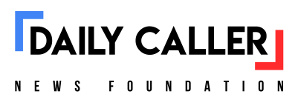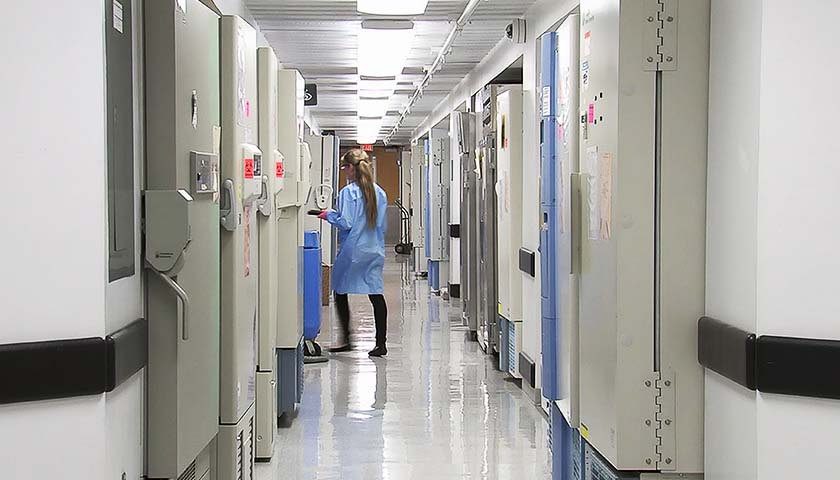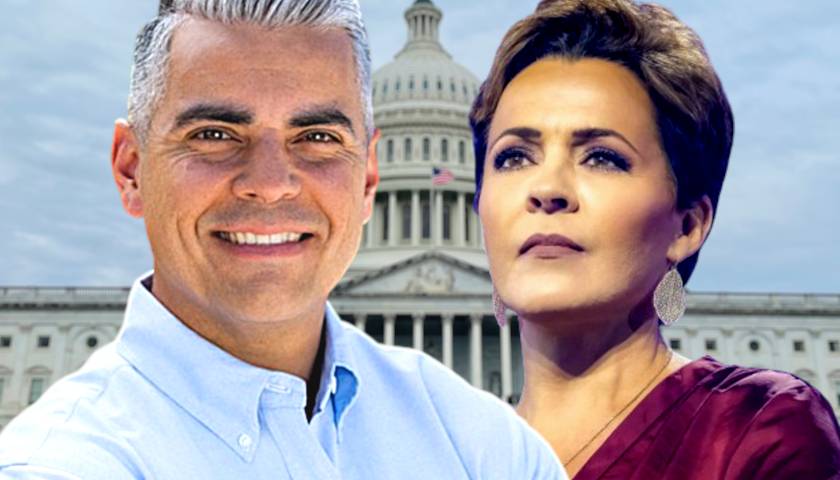by Ailan Evans
Many hospitals are not complying with laws requiring them to make their healthcare prices publicly available, according to multiple reports, and the Biden administration has so far refrained from issuing penalties.
The Hospital Price Transparency rule, which went into effect Jan. 1, 2021, is designed to promote competition in healthcare markets by requiring hospitals to post their prices, so that consumers can compare and shop between hospitals. The law mandates hospitals to post their pricing data “as a comprehensive machine-readable file with all items and services” as well as “in a display of shoppable services in a consumer-friendly format.”
However, according to recent reports, many hospitals have yet to comply with the rules a year after they have been in effect. An investigation by The Wall Street Journal last week found that many of the nation’s largest hospital chains were not complying with the new rules.
 The results of the investigation match earlier research including a study published in mid-December by the Journal of Internal Medicine which found that 55% of hospitals had not posted a machine-readable file of pricing data. A July report by PatientRightsAdvocate.org sampled 500 hospitals and found that just 5.6% were fully compliant with the price transparency rules.
The results of the investigation match earlier research including a study published in mid-December by the Journal of Internal Medicine which found that 55% of hospitals had not posted a machine-readable file of pricing data. A July report by PatientRightsAdvocate.org sampled 500 hospitals and found that just 5.6% were fully compliant with the price transparency rules.
Yet the Centers for Medicare and Medicaid Services (CMS), the health agency responsible for enforcing the rule, has so far allowed hospitals to remain noncompliant without suffering financial penalties. The Hospital Price Transparency rule initially directed CMS to fine noncompliant hospitals $300 a day, with the penalty increasing this month.
Under the new rules, CMS can issue penalties up to $109,500 yearly for small hospitals with fewer than 30 beds and up to $2,007,500 for larger hospitals.
A CMS spokeswoman told the Daily Caller News Foundation that the agency has not issued any civil monetary penalties for noncompliance with the price transparency rules. CMS has issued 335 warning notices and 98 corrective action plan (CAP) requests to hospitals already warned, instructing them how to get into compliance, the spokeswoman added.
When asked why CMS wasn’t penalizing all non-compliant hospitals, the spokeswoman said that the agency was opting to work with hospitals to bring them into compliance, including providing education and technical assistance.
As of early December, 23 hospitals that were previously non-compliant have received notices informing them their noncompliance cases have been resolved, the spokeswoman added.
Several hospitals and hospital chains found to be out of compliance by the WSJ cited the resources and technical expertise required to comply with the rules as reasons for noncompliance.
“This work requires extensive resources and a considerable investment,” CommonSpirit, a hospital system that operates 140 hospitals, said in a statement to the WSJ, while Brock Slabach, chief operating officer for the National Rural Health Association, told Bloomberg Law the rule was “a complication that rural hospitals didn’t need in the middle of a global pandemic.”
Rural hospitals “don’t have the staff to be able to devote to this effort without harming other parts of their operation,” Slabach said.
Hospitals may also be wary of posting pricing data for fear of giving their competitors an advantage, John Jiang, professor at Broad College of Business at Michigan State University and co-author of a study on hospital noncompliance, told the DCNF.
“And not only their competitors, but hospitals also have to deal with many health plans and insurance companies,” Jiang said, adding that hospitals are disincentivized from posting their pricing information first.
North Oaks Health System, a Louisiana hospital chain, initially complied with the law but took down its data after its competitors failed to post pricing information, the WSJ reported.
“You get nervous about putting those negotiated rates out there. You don’t know who will look at those rates and say, ‘I want to negotiate to the Medicare rates,’” the system’s Chief Financial Officer Mark Anderson told the WSJ. “We didn’t want to put ourselves at a competitive, strategic disadvantage.”
Cynthia Fisher, founder and chair of PatientRightsAdvocate.org, said many hospitals are choosing not to comply with price transparency rules in order to maintain an advantage over consumers for as long as possible. Fisher found that hospitals were intentionally posting their pricing information incorrectly in order to avoid complying fully with the rules.
“What we’re seeing is hospitals are obfuscating data, they’re not completing data fields, and they’re making it very difficult for customers to find prices,” Fisher told the DCNF.
Fisher applauded CMS for raising fines for noncompliant hospitals, but urged more aggressive enforcement.
“Hospitals want to make as much money as they can for as long as they can by keeping patients in the dark,” Fisher said.
A CMS spokeswoman said the agency is electing to enforce the law in a phased manner, first issuing warnings and then imposing a corrective action plan to allow the hospital to get into compliance before imposing any financial penalties.
Hospitals have also cited the cost of complying with the price transparency requirements as a reason for their noncompliance, pointing to the technical expertise required to prepare a machine-readable file of pricing data, the WSJ reported. The Department of Health and Human Services estimated the yearly cost of compliance for each hospital to be roughly $11,000.
– – –
Ailan Evans is a reporter at Daily Caller News Foundation.





